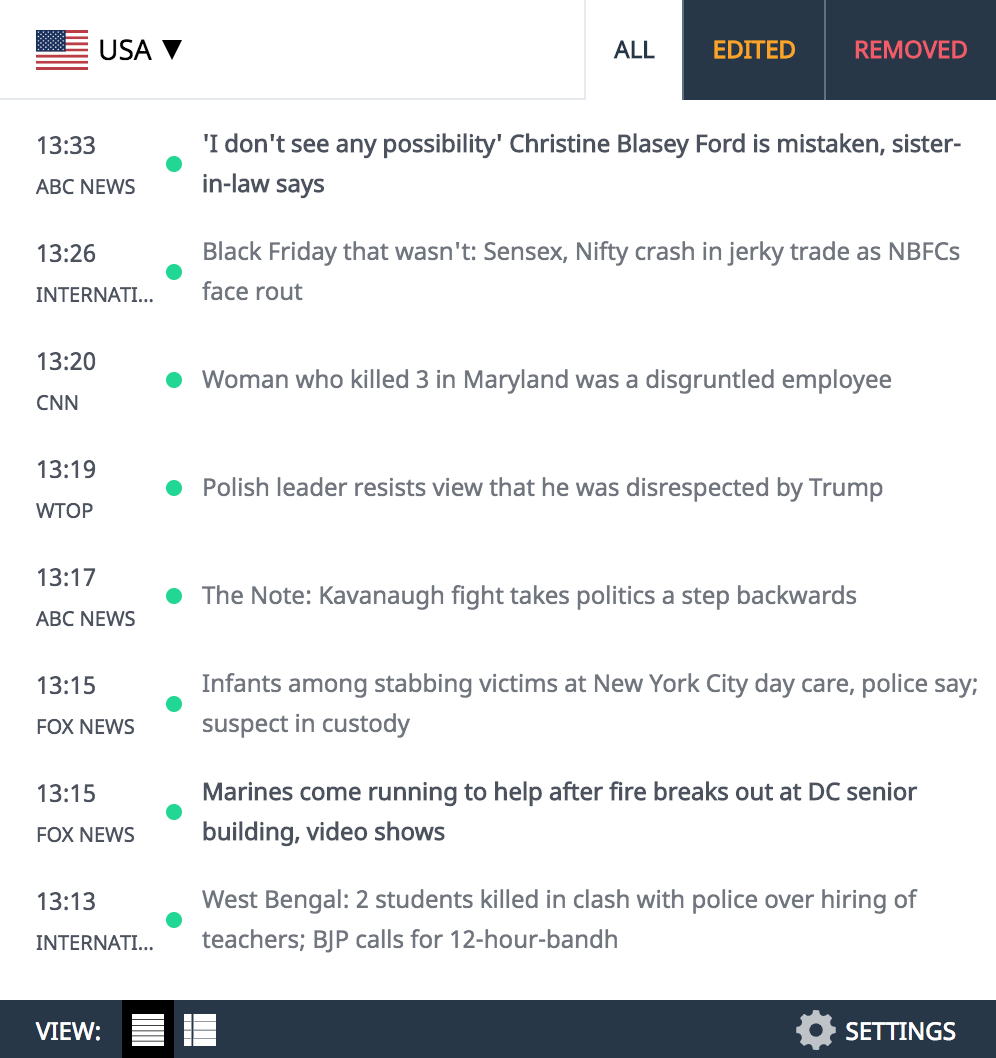After six weeks and 34 matches, this year’s Republic Bank Caribbean Premier League (CPL) concluded on Sunday, September 24.
After five previous unsuccessful attempts, the Guyana Amazon Warriors finally clinched the title by convincingly defeating the Trinbago Knight Riders by nine wickets.
Despite not being as exciting as in previous years, this year’s CPL was still a success and provided many takeaways, which could be replicated at next year’s Caribbean and USA jointly-hosted ICC T20 World Cup.
For starters, the manner in which the Warriors were constructed provides a model worthy of emulation by other teams, including the West Indies who will be seeking an unprecedented third T20 World Cup title.
Superbly captained by veteran Imran Tahir, who at crucial times led from the front by capturing key wickets at critical periods, the Warriors’ team was impressively deep in both batting and bowling. More often than not, they were also superb in the field, as they took the majority of catches that came their way, while also disrupting partnerships with crucial runouts.
In combination, it provided a winning formula, as evidenced by the Warriors’ unmatched overall record during this year’s CPL.
Now that the seven Caribbean and three USA venues have been announced, so too should Cricket West Indies’ (CWI) plans for capitalizing fully on all the benefits that will be on offer.
Antigua, Barbados, Dominica, Guyana, St Lucia, St Vincent & the Grenadines and Trinidad & Tobago along with Dallas, Florida and New York will all host World Cup matches.
Although the actual match schedule has not yet been announced, it is more than likely that the West Indies group stage matches will be played at one or more of the listed Caribbean venues.
This year’s CPL matches were also played at Barbados, Guyana, St Lucia, and Trinidad & Tobago. The pitches used at those respective venues during this year’s CPL should, therefore, have provided indications as to the playing conditions to be expected.
Proper planning would also further suggest that once the schedule becomes known, conversations should then be held between the West Indies team’s management unit and the curators of the respective venues. The specific purpose of such discussions would be to ensure that the provided playing conditions are most suitable to the Windies’ batting and bowling strengths.
The West Indies’ home-court advantage must be fully maximized.
Beyond the boundary and within the stands of the respective hosting venues, West Indies fans should also outnumber those of their opponents. This year’s CPL matches, particularly in Guyana, Trinidad, and to a somewhat lesser extent Barbados, would have provided templates on how to achieve that objective.
The CPL’s three-part formula for achieving outstanding sold-out attendances in first Trinidad and then Guyana this year, was simple and is easily replicated. Part I was to ensure nationwide match awareness; Part II was providing tickets at affordable prices and Part III was to also make sure that memorabilia such as team shirts and flags were readily available and easily accessible.
The 2024 World Cup will more than likely attract thousands of visitors from Australia, England, India, Pakistan, and South Africa. Canada and the USA also serve as home to millions of South Asian residents with origins from Bangladesh, India, Pakistan, and Sri Lanka. Being as close as they will be to next year’s World Cup venues, the influx of spectators from those participating countries will also be massive.
As has happened before it would, therefore, not be at all inconceivable for the West Indies to find themselves playing against either England, Australia, India, or Pakistan in front of Caribbean stands filled with many more of the opponents than their own. For any such eventuality to be allowed to occur at any stage during next year’s World Cup would be a travesty.
The performances of regional players would also have given the West Indies selectors sufficient cause to rethink their choices for the best possible starting XI for the World Cup, barring unforeseen injury or unavailability.
If the World Cup was starting tomorrow and not next June, few would argue against a starting XI comprised of Brandon King, Shai Hope, Nicholas Pooran, Rovman Powell (captain), Shimron Hetmeyer, Fabian Allen, Romario Shepherd, Jason Holder, Gudakesh Motie, Akeal Hosein and Alzarri Joseph.
That starting 11 is almost certainly different from that which the selectors would have had in their minds before the start of the CPL. As the last major T20 tournament to be held regionally before next year’s ICC World Cup, their respective performances suggest they are the best players available for the West Indies.
The West Indies’ upcoming matches against England and Australia will also provide the selectors with further opportunities to decide upon the final composition of their 15-member squad. As previously suggested, it would be proactive of the West Indies selectors to pull together a group of 20 players, including the aforementioned 11, for training before England’s December visit.
The selectors and head coach Daren Sammy’s plans for the forthcoming England visit should, hopefully, become known within the next few weeks.
With that being said, the identity of the remaining four members is likely to be much more contentious. Again, based solely on this year’s CPL performances and taking into consideration other factors such as age, agility, and squad balance, Keacy Carty, Sherfayne Rutherford, Keemo Paul and Oshane Thomas might be the leading contenders for those spots.
From team selection, playing conditions, and ensuring spectator support, the 2023 CPL has unquestionably provided some extremely useful pointers for the 2024 World Cup.
About The Writer:
Guyana-born, Tony McWatt is the Publisher of both the WI Wickets and Wickets/monthly online cricket magazines that are respectively targeted toward Caribbean and Canadian readers. He is also the only son of the former Guyana and West Indies wicket-keeper batsman the late Clifford “Baby Boy” McWatt.
Read our ePaper. Fast. Factual. Free.


